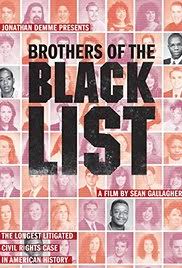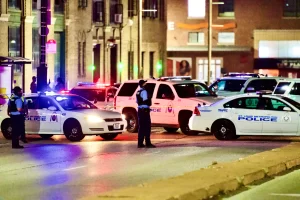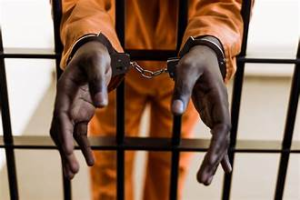Published in the St. Louis American, October 5, 2017
 “We’re all equal under the law. I was completely duped by that. I thought that was the deal. Then all of a sudden, I look around and it ain’t. It is not the deal. It is you and it’s us.”
“We’re all equal under the law. I was completely duped by that. I thought that was the deal. Then all of a sudden, I look around and it ain’t. It is not the deal. It is you and it’s us.”
Those were the words of disillusionment spoken by Edward “Bo” Whaley, an African-American professor and counselor at a meeting in 1992 with university officials at State University of New York at Oneonta. Whaley, who worked tirelessly to support his “kids,” had seen the line drawn in the upstate New York town with a racist dragnet of the black, male students on campus after an attempted rape off campus. The incident on September 4, 1992 spurred the longest litigated civil rights case in U.S. history.
I vaguely remember hearing about the case back then. The DVD called out to me when I was at the Julia Davis Library recently.
Sean Gallagher, the filmmaker and a 2008 Oneonta graduate, was a junior before he heard about the incident. The college had methodically tried to white-wash this ugly history. The young Gallagher did a class project on the incident and later turned it into a documentary.
During the Labor Day weekend 25 years ago, the black, male students of SUNY Oneonta were systematically pulled out of their beds, confronted on public busses and rounded up at sports practices. They were forced to show their hands to police. If they questioned the command or refused to cooperate, they were threatened with arrest. School officials had generated a list of all the black, male students on campus and their residences – all 125 of them – and turned the list over to the Oneonta police.
The racist round-up stemmed from the attempted rape of elderly white women who fought with her knife-wielding attacker and somehow made him cut his hands on the knife. The victim told police all she saw was a black arm. Trained dogs were brought to the scene to pick up the scent of a young, black male that police claim went in the direction of the campus.
It was later found out that the victim never said her attacker was young. It was also revealed that the dog handlers stated that the scent of the perpetrator went in the opposite direction of the Oneonta campus. This hunt was all the racially biased machinations of the all-white police force. The victim even criticized the police for their actions and public stated that she also believed the students’ rights had been violated.
I shuddered to think what would’ve happened had one of the young men accidentally cut himself on that fateful day when cops were conducting forced examination of black hands.
Through interviews with students, faculty, and townspeople, Gallagher illuminates the racial divisions, the scars of trauma on black students and faculty and the indifference of white institutions including the courts.
The beauty of the documentary is the tenacity of the students and their parents along with the solidarity of white students (clearly not all). The victimized students created the Brothers of the Black List and spent 14 years trying to get justice in the U.S. courts, not for themselves but for the next generations of Oneonta students of color. Their pro bono attorney estimated that the case cost his firm an estimated $1.5 million.
Over time, memories and evidence of the largest case of racial profiling were erased by the university. At the 20th anniversary commemoration, a plaque was made that didn’t even include the word “black.” By then, it was merely a list. No university official every owned up to their complicity in the ordeal and none of them ever apologized.



